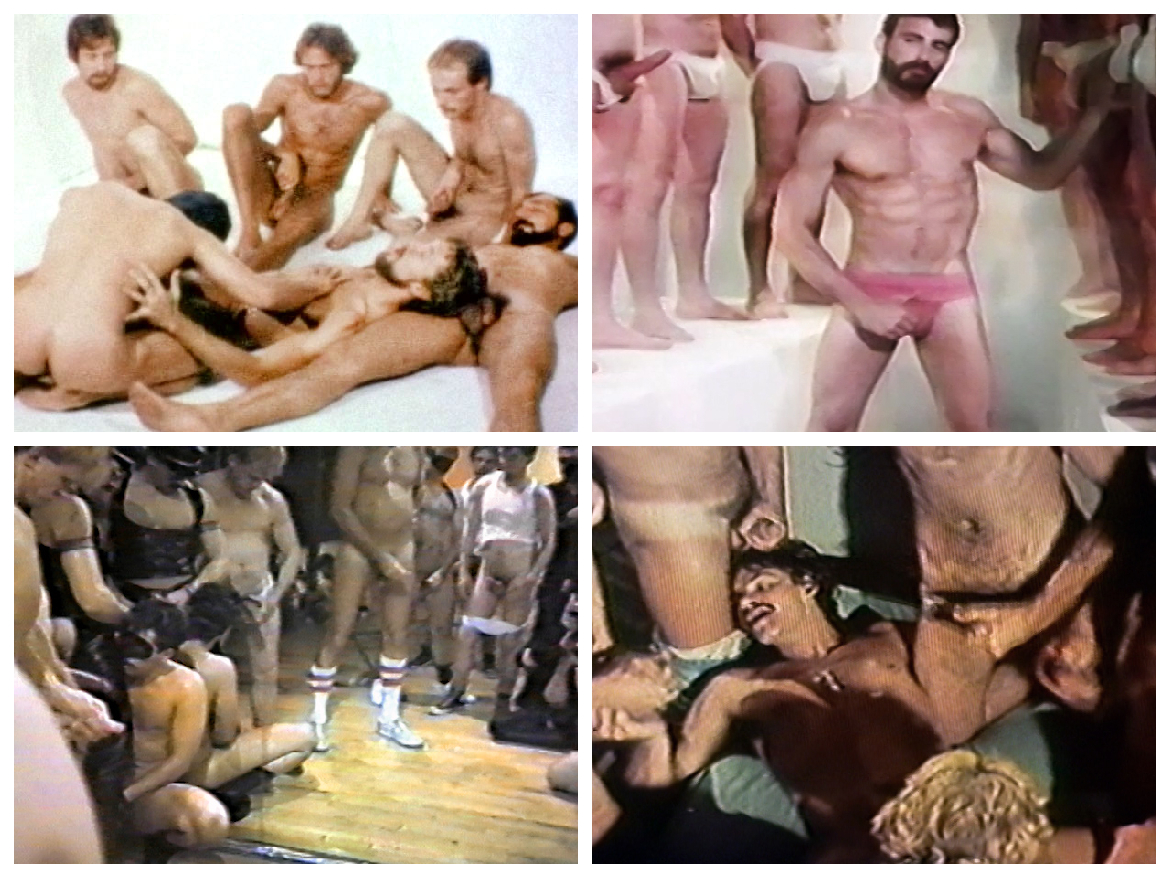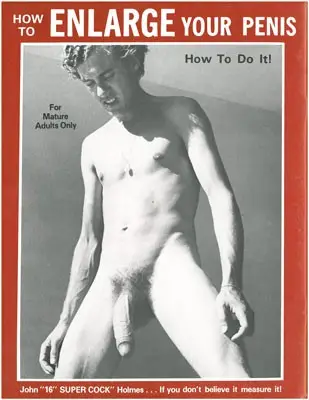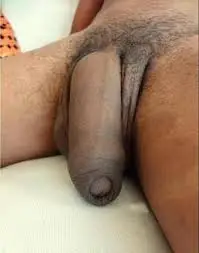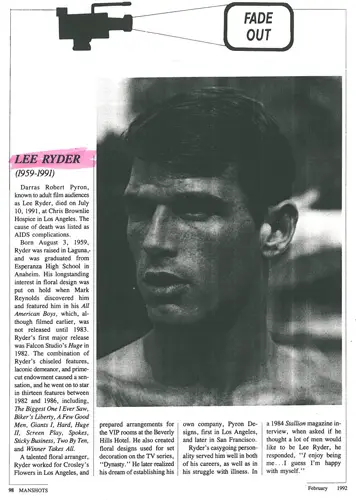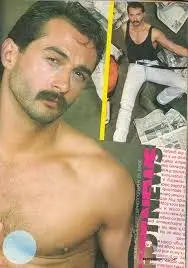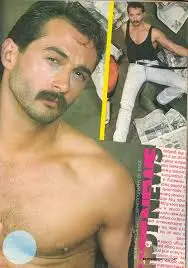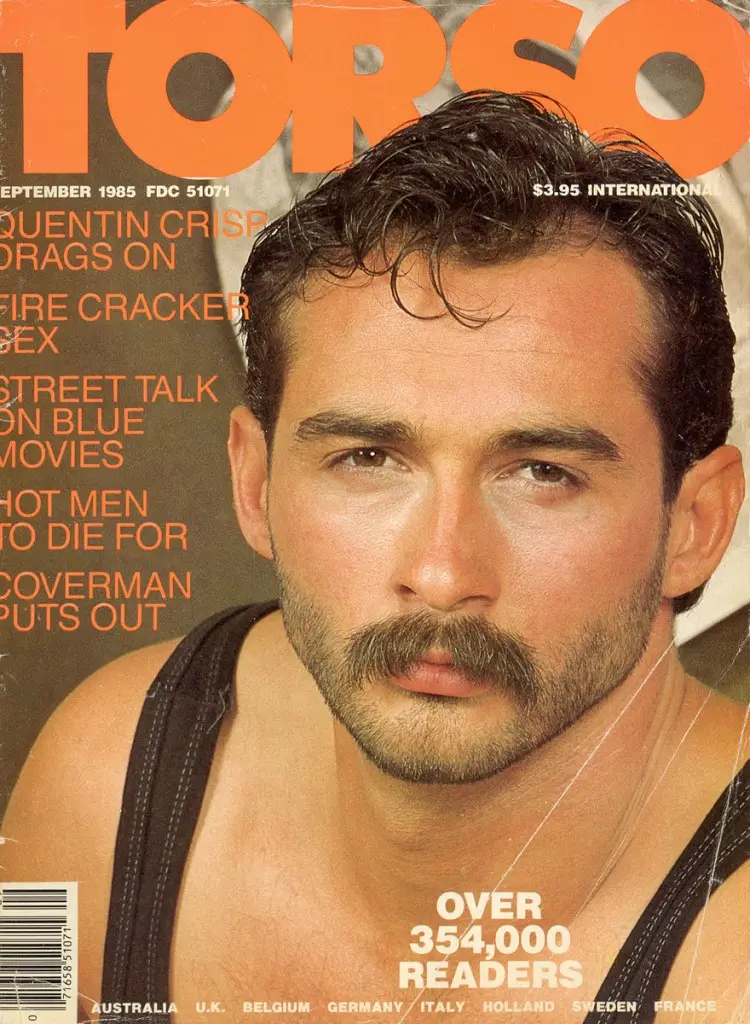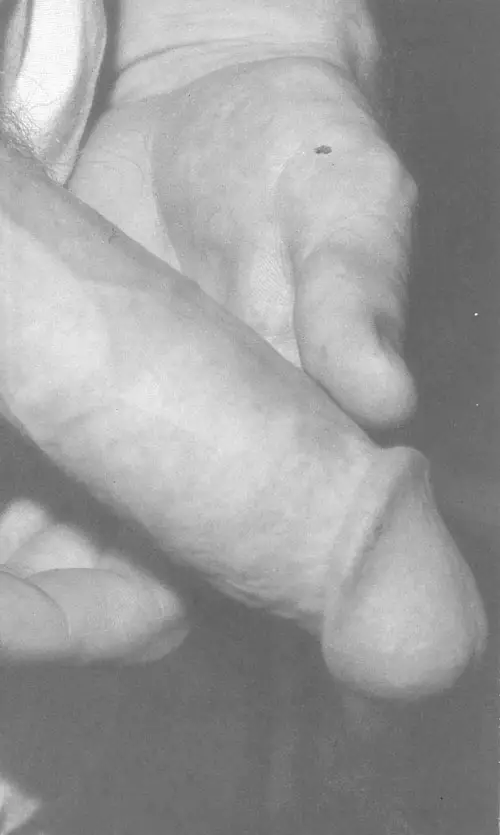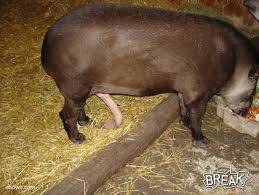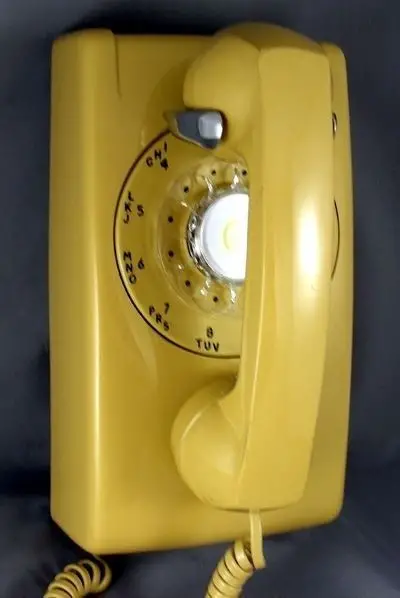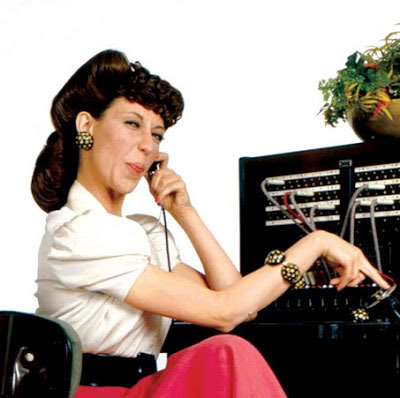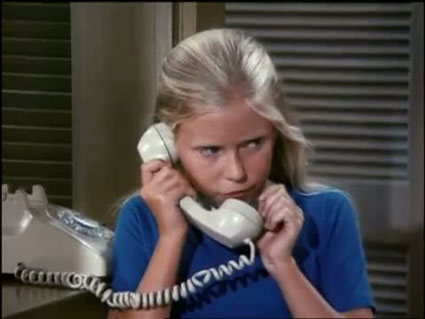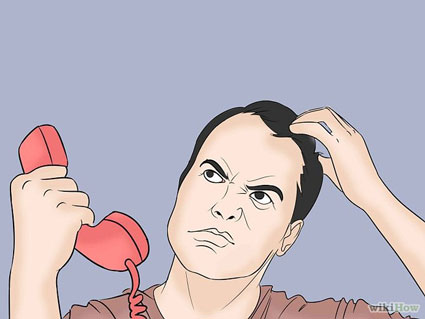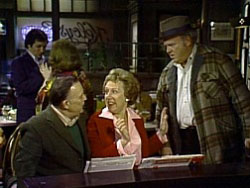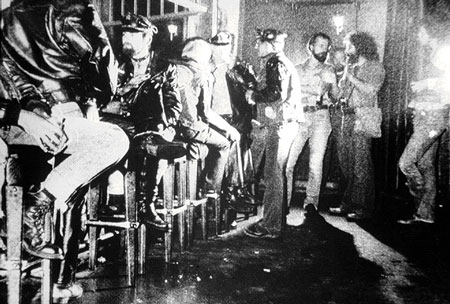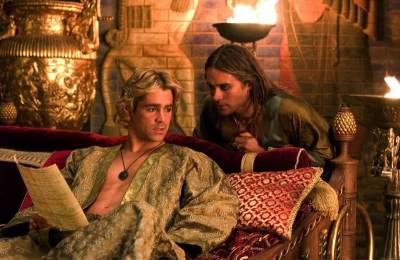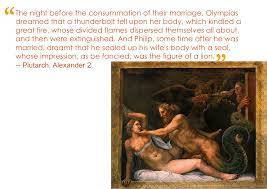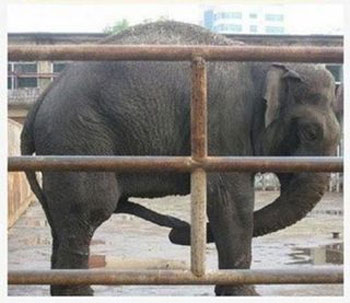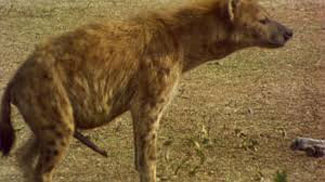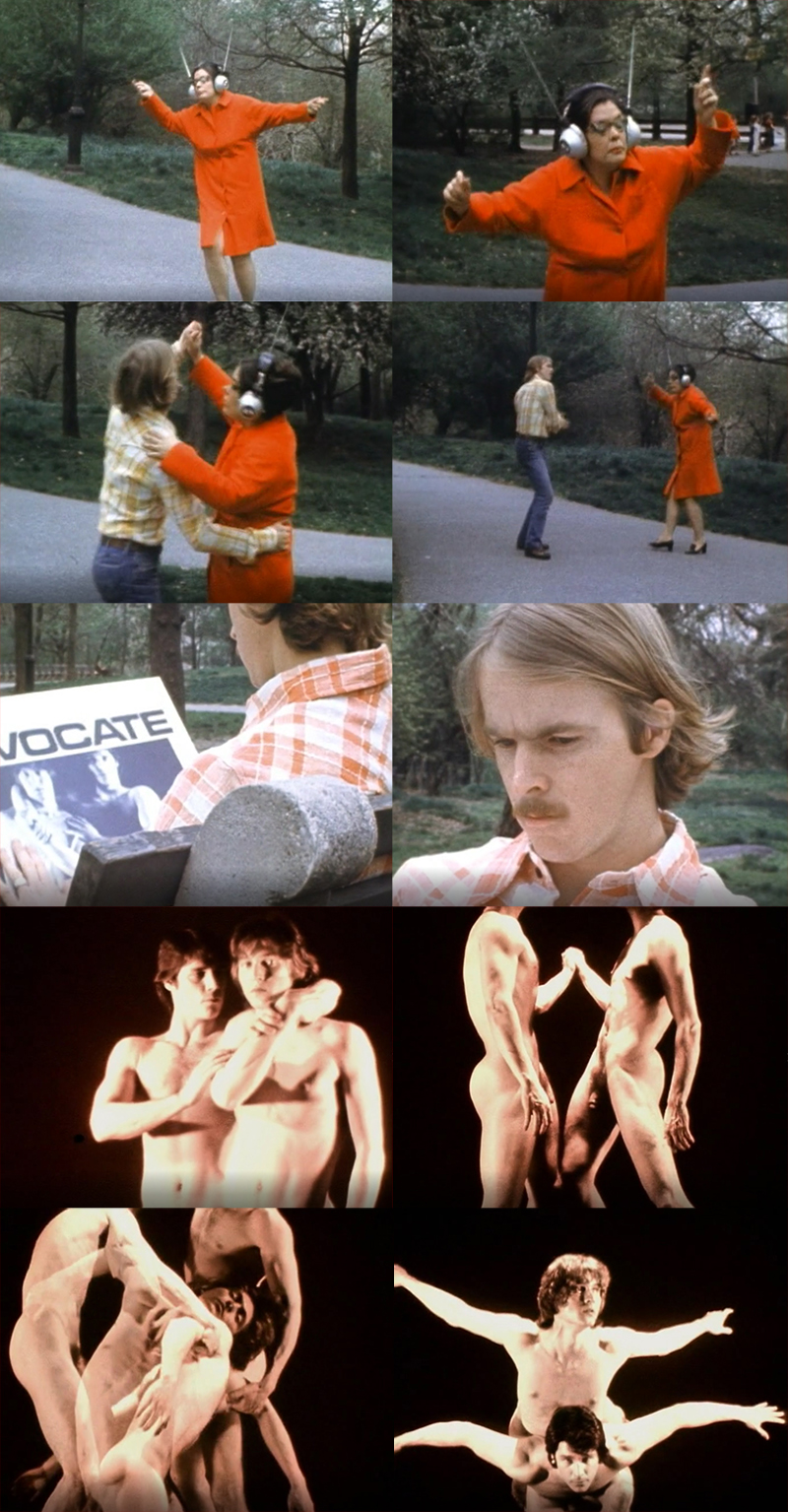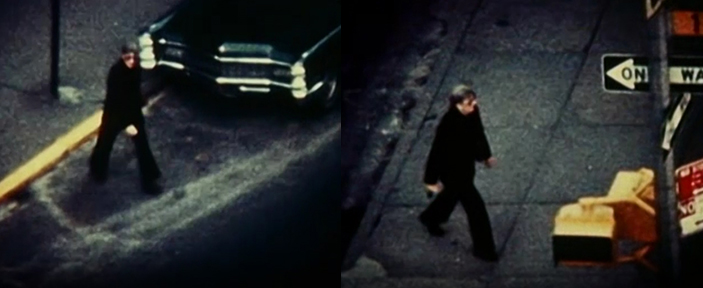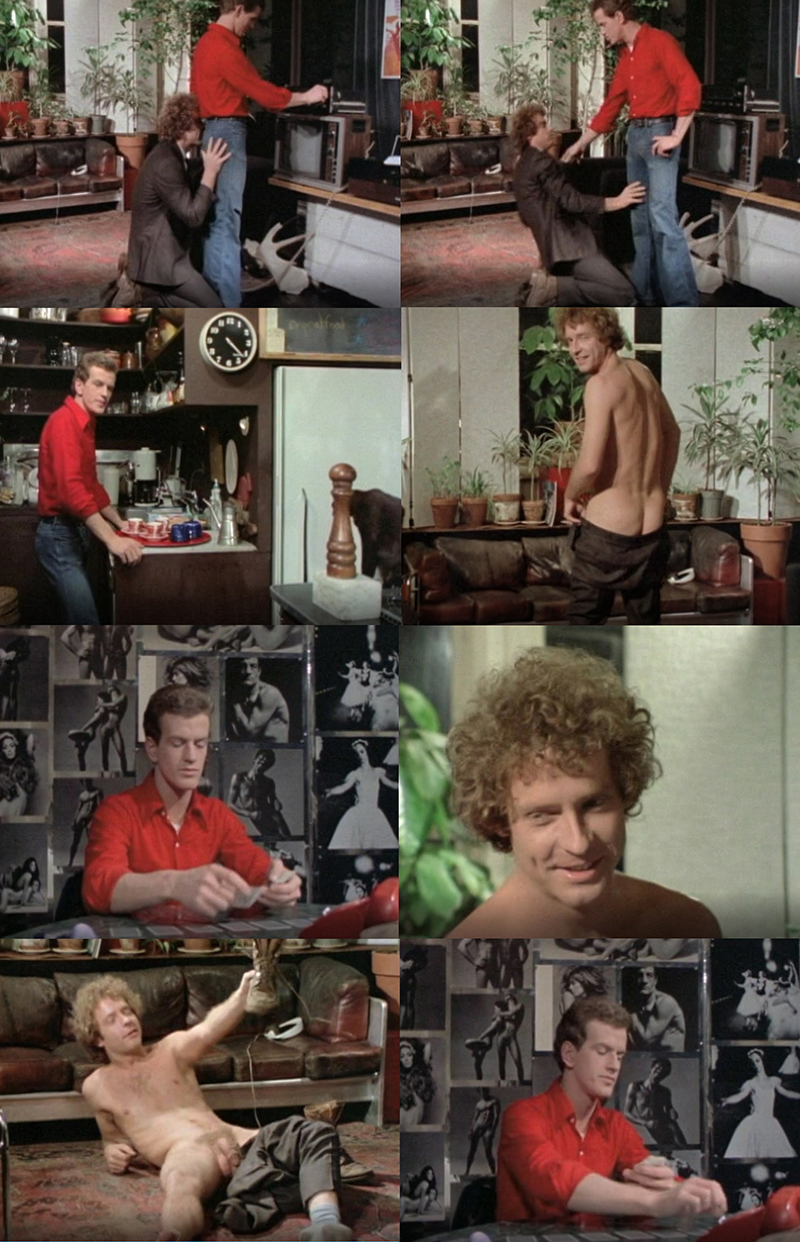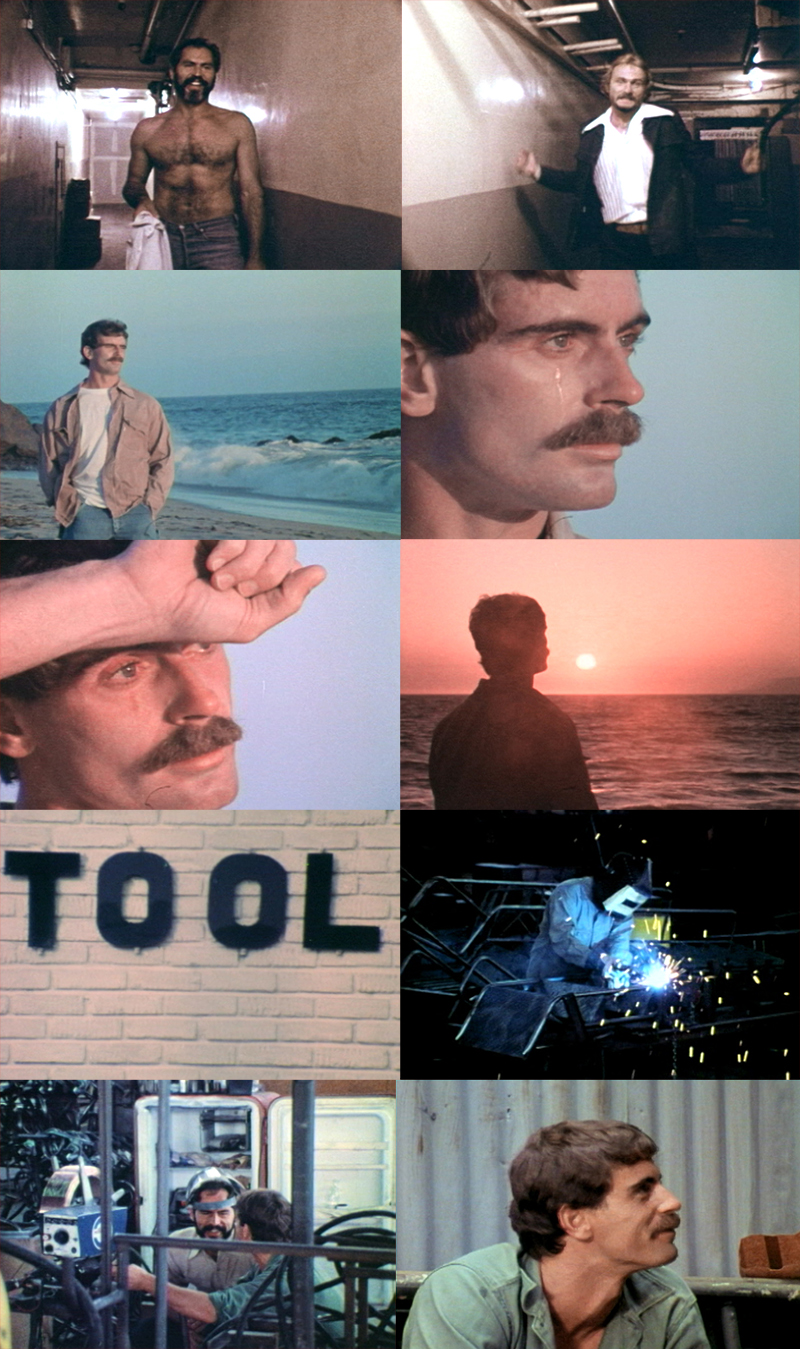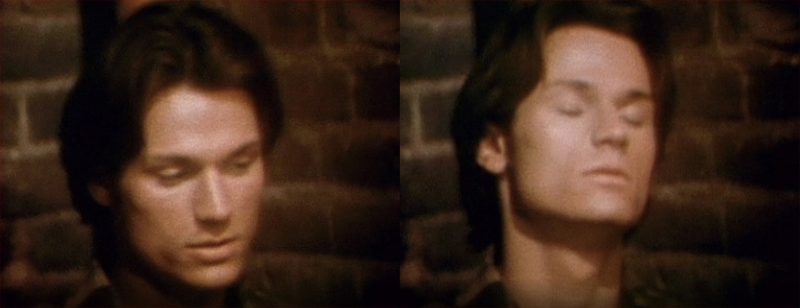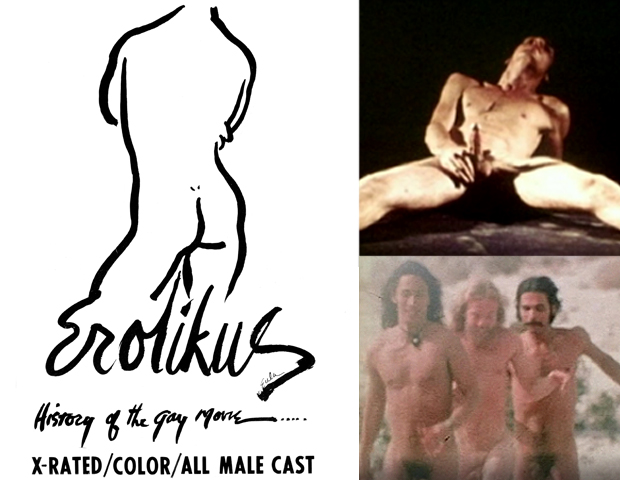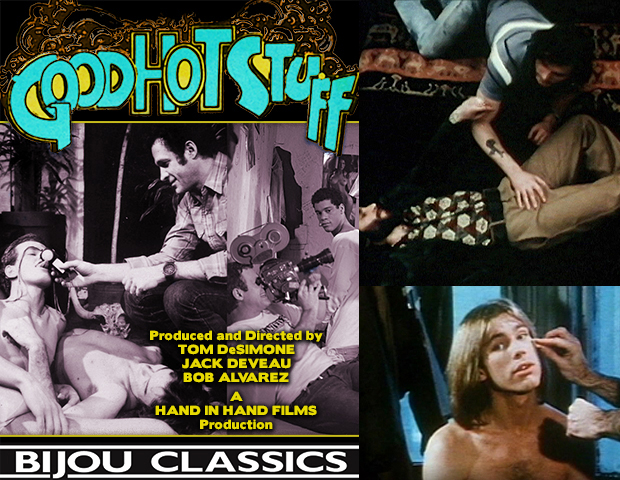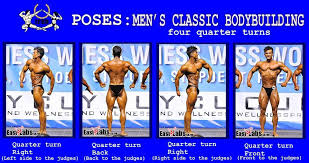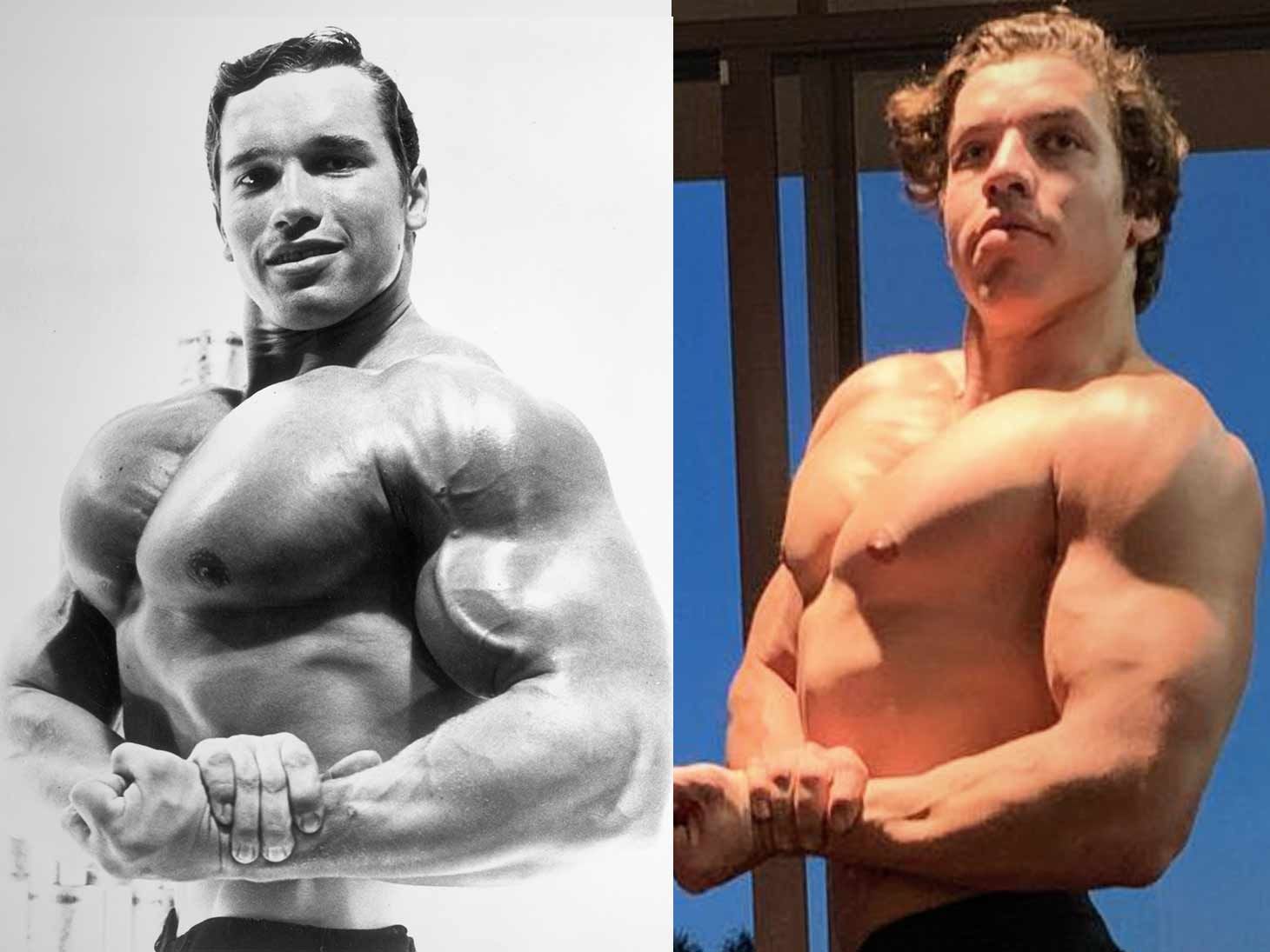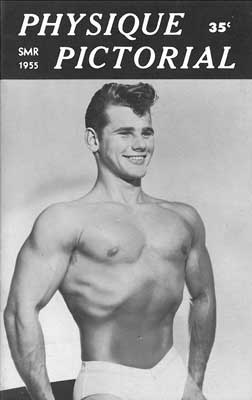Posted by guest blogger Miriam Webster
While, of course, sex scenes are the almost always the primary focus of porn films, there are also some amazing and fascinating moments that are not sex scenes in many of these films - particularly in classic porn of the 1970s, which frequently took a narrative, cinematic, or artistic/experimental approach to filmmaking - that are often not highlighted. I wanted to take a look back at an old blog to draw attention to some of the greatest non-sex-scene (though still often erotic) moments in the porn of that decade. Many of these are pulled from the releases of Hand in Hand Films. Sometimes these sequences were lead-ins to sex scenes. Sometimes they served to advance the film's narrative, or flesh out a character or an interpersonal dynamic, or talk about gay life and relationships and communities of the era. Sometimes they are notable because they capture something that is historically interesting. Following are several examples from the Bijou collection. You can find more about the great sexual content of these films on their individual pages, but here is a taste of some additional elements they have to offer!
The Night Before (Arch Brown, 1973): Lady in Red / Dance Scene
Main character Hank (Coke Hennessy) goes for a stroll with a package he picked up on his way to deliver it to its recipient, the man with whom he recently got involved. In the park, he sees a woman wearing all red dancing and the song The Lady in Red suddenly comes on. He joins her in dancing for a brief, amusing moment. He then sits on a park bench and unwraps the package. Inside is a large print-out of a cover of The Advocate featuring a photo of two men taken by his lover. As Hank studies this photo, it comes to life and we see the men (Tim Clarke and Jeffrey Etting) perform a gorgeously choreographed nude dance number set to an operatic score by frequent Hand in Hand Films composer David Earnest.

Casey (Donald Crane, 1971): Casey talks to his fairy godmother
In several sequences from Casey Donovan's first film (shot before but released after The Boys in the Sand), Casey speaks to his fairy godmother, Wanda Uptight (also played by Donovan, in drag), who has appeared in the mirror to give him some harsh, but insightful advice on his habits and love life (or lack thereof). Wanda first appears after Casey wakes up by jerking off in bed unsatisfactorily, then sings to himself in the bathroom as he washes down a series of vitamins with a swig of Southern Comfort, lights a joint, and stares himself down in the mirror. Wanda appears over his reflection, startling him out of his self-loathing, and she dishes out some tough love, chewing him out for not taking care of himself, chasing cock constantly, and not knowing what he really wants. (“Anybody who can wash down raw liver substance and vitamin B complex with Southern Comfort is depraved!” “Three nights a week in a Turkish Bath! You'll dehydrate yourself!”) Their very clever dialogue, expertly delivered by Donovan, is both funny and incisive, dissecting Casey's internal conflict around love, sex, and self-acceptance. (Read more about Casey Donovan here.)

Adam and Yves (Peter de Rome, 1974): The final film appearance of Greta Garbo
An American man, Adam (Michael Hardwick), and a French man, Yves (Marcus Giovanni), play mysterious sexual mind games throughout their brief, but intense, Parisian love affair, including the rule, enforced by Yves, that they may never know each other's names. The sights of Paris are a fascinating backdrop, but the most surprising and historically notable moment in the film comes when Adam recounts an incredible time when he saw Greta Garbo from the window of his apartment. Director Peter de Rome accompanies this story with the actual last-known footage of Garbo, herself, shot from his own window on super 8 film.

Greta Garbo in Adam and Yves
Closeted truck driver, Joe (Garry Hunt), falls hard for ballet star Ivan (Henk Van Dijk) early in their ill-fated affair, but is intimidated by Ivan's talent, fame, wealth, and gorgeous physique. Ivan belongs to a world where he can comfortably be out and Joe does not. Ivan lives in an expensive apartment and gets fancy Dutch music boxes delivered to his vacation home; Joe gets drunk in a blue collar bar in the rumpled suit he wore to go see Ivan perform in the ballet (which he was too proud to let Ivan get him into for free) and is heckled for being gay by his buddies. Totally wasted after a night at the bar, Joe calls Ivan, who is irritated with him, then shows up to Ivan's apartment anyway. He changes Ivan's radio from a classical station to something faster with saxophone, saying he wants to dance, groping Ivan, and complimenting his beautiful body. Ivan pushes him away. Joe, hurt, mocks Ivan as he insists he is a good dancer, too, and proceeds to do a drunken, sloppy strip tease in Ivan's living room, dropping pieces of his suit on the floor, smirking, singing, mimicking ballet moves, sniffing his own sock, and finally pretending to drink out of his shoe while sprawled across Ivan's floor. All the while, Ivan ignores Joe and plays solitaire. The acting and character work is strong in this scene, the tense dynamic between these two men coming to a head.

L.A. Tool & Die (Joe Gage, 1979): Fight scene, Vietnam flashback, work/getting to know you montages
Joe Gage's L.A. Tool & Die is full of strong character-building sequences. Early on, we see the hero, Hank (played by Richard Locke), hanging out in a gay bar and trying to cruise a handsome stranger (Wylie, played by Will Seagers). In the bathroom, Hank runs into a homophobic man who works for the bar owner. The man calls Hank a cocksucker, to which Hank grins and calmly responds, “You'd better believe it. The only thing I like better than sucking cock is kicking ass.” He tosses the man out of the bathroom and roughs him up a bit. The man, no match for Locke, runs away as Locke smirks, having not even gotten worked up or broken a sweat.
In a later scene in this film (which is essentially a road movie), Wylie is taking a break from his cross-country drive to walk along the beach at sunset. In a close up, we see that he's crying. Gage cuts to a flashback of a younger Wylie in Vietnam, holding his dying lover in the battle field. His lover tells Wylie that he doesn't think he's going to make it and that he must promise not to forget him, but also to love somebody else some day.
Near the end of the film, Hank and Wylie reunite when they both get jobs at L.A. Tool & Die. Hank learned that Wylie was traveling there for work and decided drive clear across the country to do same. Two beautifully-cut montages and a dialogue sequence show the two men getting to know each other while working and taking breaks together. Wylie appreciates Hank being patient with him; he has been reluctant to get involved with anyone, but is clearly warming up to Hank. Throughout the film, Locke imbues Hank with an easy, warm sort of charm and a sexy, confident swagger and Seagers gives Wylie both a sweet, shy vulnerability and a quiet strength. The two men have enormous chemistry and the actors and characters compliment each other well, their connection and relationship feeling believable. (Read our recent blog on Richard Locke for more about the Daddy of all Daddies.)

New Yorker Billy (Dennis Walsh) is an unsuccessful actor and quite successful hustler. Between memorizing lines and gossiping with his friend (Megan Ross), seeing tricks, and exercising, Billy takes a quiet break to smoke a joint and listen to a song. It's a slow, folky original composition (“I'll Be Your Mirror” - lyrics by the film's writer, Moose 100, and music by David Earnest) and the camera is fixed on Billy throughout its duration, as he sits, contemplative, smoking, listening, and occasionally mouthing along to the lyrics. He is broken out of his reverie by a phone call from a regular, and they swap some creative and provocative dirty talk.

This early Tom DeSimone film is possibly the ultimate hippie porn, focusing on a community of friends in Hollywood and their love of sex, drugs, and rock 'n' roll. Only minimally a sex film and more of a portrait of the era, the movie soaks up the atmosphere of the time and place as The Groupie (Larry Danser) moves to the area from a small town, becomes best friends with party girl Sweet Lady Mary (Myona Phetish), and cruises the members of a rock band (The Electric Banana). The climax of the film is a wild party sequence starring a large number of friends and acquaintances of DeSimone's (read more about the acid-fueled filming of this sequence in our interview with DeSimone). The attendees – all genders covered in glitter and sequins – laugh, smoke joints, swing on an indoor swing set, playfully horse around and wrestle, cuddle, embrace each other, and dance. The crowd includes a trans couple who were the subjects of two short documentary films (I Don't Know and Hats Off to Hollywood) by Penelope Spheeris (director of punk documentary The Decline of Western Civilization and Wayne's World). (Spheeris also has a great, extensive non-sexual acting role in the 1973 gay porn classic The Brothers by Jason Sato.)

Jennifer and Dana in Spheeris' Hats Off to Hollywood
Even with its surprising turn into a cautionary anti-drug tale (after the wild hedonism of the bulk of its run time), Confessions of a Male Groupie – and this sequence in particular – is an incredible document of a real community of queer friends and lovers in the early '70s.

You can find all of these movies (except for L.A. Tool & Die, though some scenes from it are available in our compilation, The Best of Richard Locke) on DVD at BijouWorld.com and streaming at BijouGayPorn.com.
